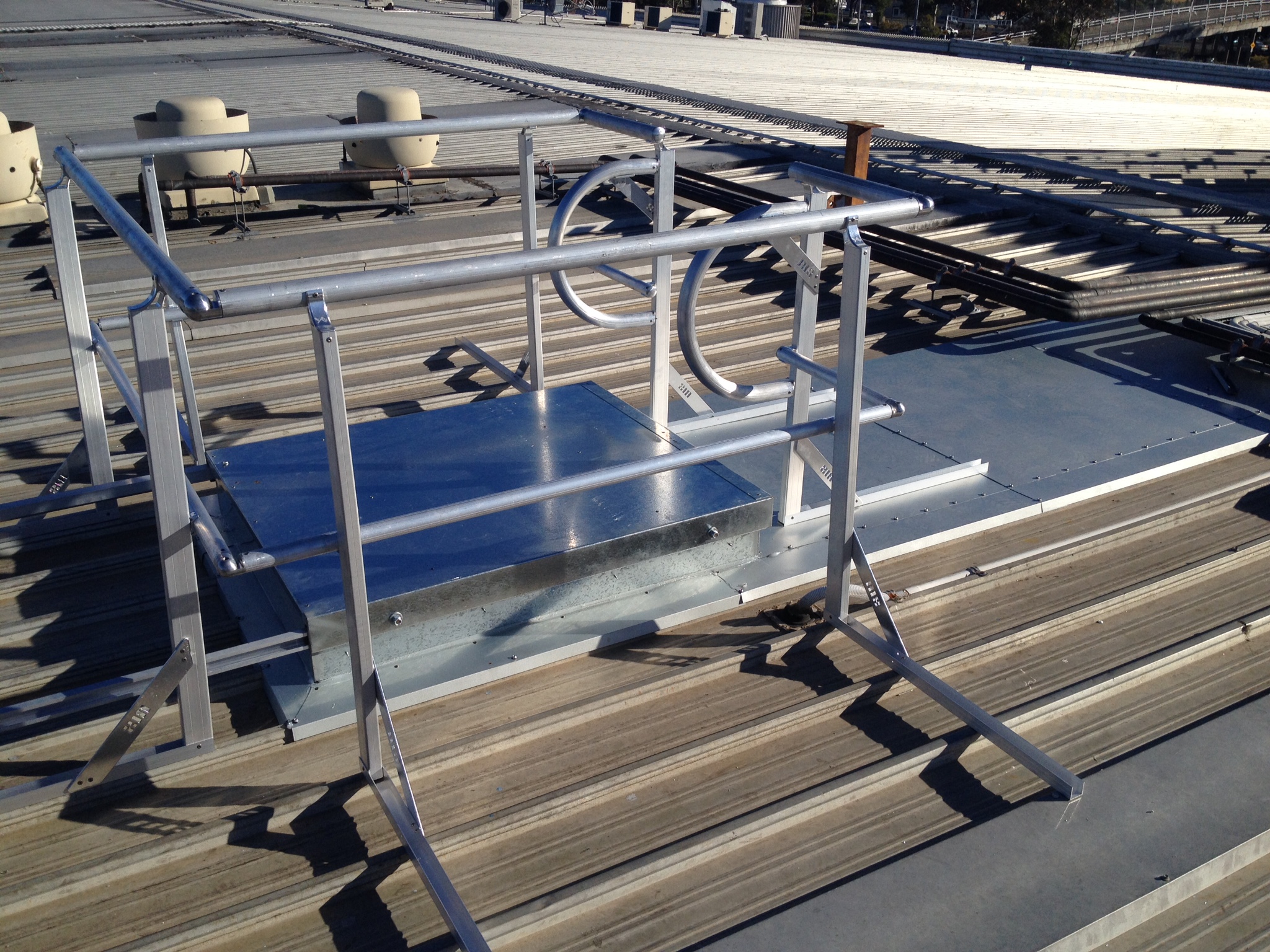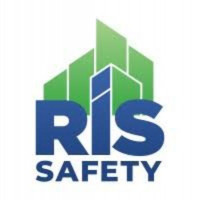Roof Walkway Systems - Safer Movement For Workers At Height!

Strong 8k brings an ultra-HD IPTV experience to your living room and your pocket.
Roof walkway systems are more than just an accessory for high-level work; they are a cornerstone of modern rooftop safety and operational efficiency. Let’s learn more!
Working at heights poses unique challenges and hazards, particularly in industrial, commercial, and construction settings. One critical solution designed to mitigate these challenges is the installation of roof walkway systems. These systems play a pivotal role in ensuring safety, ease of movement, and maintenance accessibility for workers who perform duties on rooftops. Roof walkway systems not only prevent accidental damage to the roof surface but also provide a stable and secure path for personnel navigating high areas.
Understanding Roof Walkway Systems
Roof walkway systems are structured pathways installed on rooftops to facilitate safe movement for workers. They are typically constructed from non-slip materials such as aluminium, fibreglass, or galvanised steel and are designed to withstand various weather conditions and load capacities. The main objective of these walkways is to create a designated walking area that minimises the risk of slipping, falling, or damaging the roofing membrane.
Depending on the building’s structure and purpose, walkway systems can be customised in various forms, including flat, sloped, or modular installations. Some systems come with integrated handrails, toe boards, and safety gates to enhance worker protection, especially on steep or complex roof terrains.
Benefits of Roof Walkway Systems
One of the primary advantages of roof walkway systems is enhanced safety. Working at height inherently involves fall risks. These systems reduce those risks by offering stable footing and clear access paths. In many regions, safety regulations require fall protection systems for employees working above certain heights, making roof walkways a necessity for compliance.
Another significant benefit is protection for the roof itself. Frequent foot traffic on roofs without a designated path can lead to wear and tear, punctures, and water leaks. Walkways distribute weight evenly and prevent direct pressure on sensitive roofing materials, prolonging the lifespan of the roof and reducing maintenance costs.
Efficiency is also a key benefit. When workers have a clear and secure route, they can complete tasks more quickly and with greater confidence. This boosts productivity and ensures that time-sensitive projects are completed without unnecessary delays.
Applications in Various Industries
Roof walkway systems are used across a wide array of industries. In commercial buildings, maintenance teams rely on these walkways to access HVAC units, solar panels, and other rooftop equipment. In manufacturing facilities, regular inspections and equipment servicing require safe roof access. Even in the telecommunications sector, where antennae and other devices are mounted on rooftops, walkways are essential for safe technician movement.
Additionally, with the increasing adoption of green roofs and solar panels, roof walkway systems have become indispensable. These installations often involve fragile components that can be damaged by foot traffic, making the guidance provided by walkways crucial.
Key Features to Consider
When choosing a roof walkway system, several features should be taken into account:
• Non-slip Surface: To prevent falls, especially in wet or icy conditions.
• Corrosion Resistance: Materials like galvanised steel and aluminium offer durability in harsh weather.
• Ease of Installation: Modular systems allow quick setup and flexibility in design.
• Compliance with Standards: Systems should meet local safety regulations and guidelines, such as SWA in Australia.
Additionally, adjustable components can be beneficial for roofs with variable slopes or complex layouts, allowing a consistent walking experience regardless of the roof’s shape.
Maintenance and Inspections
Regular inspection and maintenance of roof walkway systems are crucial for ensuring ongoing safety. Components should be checked for rust, loosened fittings, or wear. Scheduled inspections not only ensure system integrity but also help identify other roof issues early, potentially saving significant repair costs in the long run.
Final Thoughts
Roof walkway systems are more than just an accessory for high-level work; they are a cornerstone of modern rooftop safety and operational efficiency. By investing in a quality walkway system, building owners and managers protect both their workers and their property.
Note: IndiBlogHub features both user-submitted and editorial content. We do not verify third-party contributions. Read our Disclaimer and Privacy Policyfor details.


